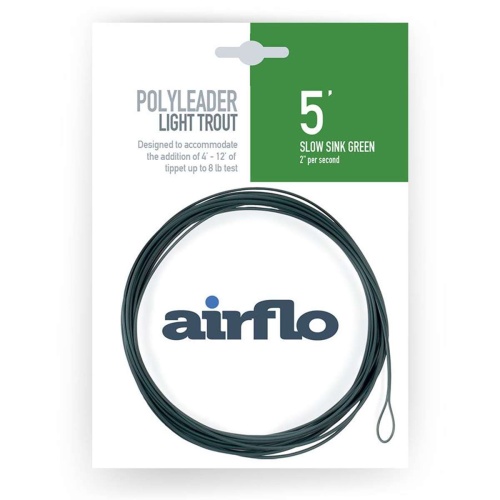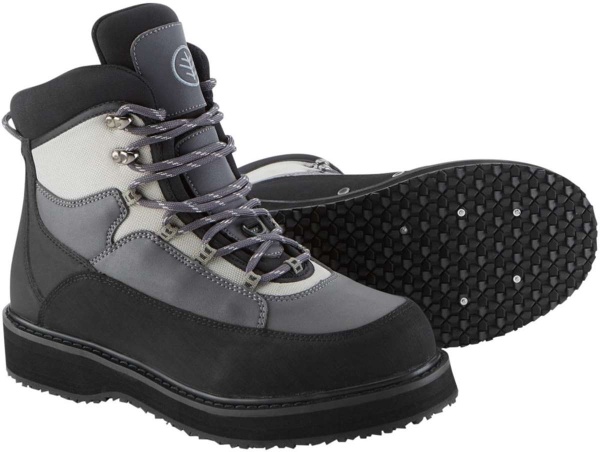When choosing a fly fishing rod, price is one consideration, but it’s often the action of the rod that gives many fishermen headaches. The idea that six weight rods are all the same, simply isn’t true.
Action is defined as the relative resistance to bending along the length of the rod. Fast action rods resist bending sooner than slow action one. The slow ones are "whippy" and will not cast as far as fast ones. Fast action rods, on the other hand, tend to generate higher line speeds, making them easier to cast into the wind and for longer distances. Between the two extremes, there are moderate action rods. Over time you’ll find out which type suits you best.
The first so-called fly rods were made of wood. Fly lines were braided horse hair. Both crude bits of kit, and honestly not that effective. When cane and split cane came to be used, casting became more scientific, with split bamboo being the ultimate fly rod.
During the second World War, among the new materials to hit the market were fibreglass and PVC, as well as dacron and nylon. Many of these innovations made it into the world of fly fishing. Fibreglass fabric was originally wrapped around a wood rod. But it was only when someone figured how to ditch the wooden centre that the first hollow rods came into being.
Next time we’ll look at further advances in the fly fishing technology that brought us the choices of rod action we have today.






















